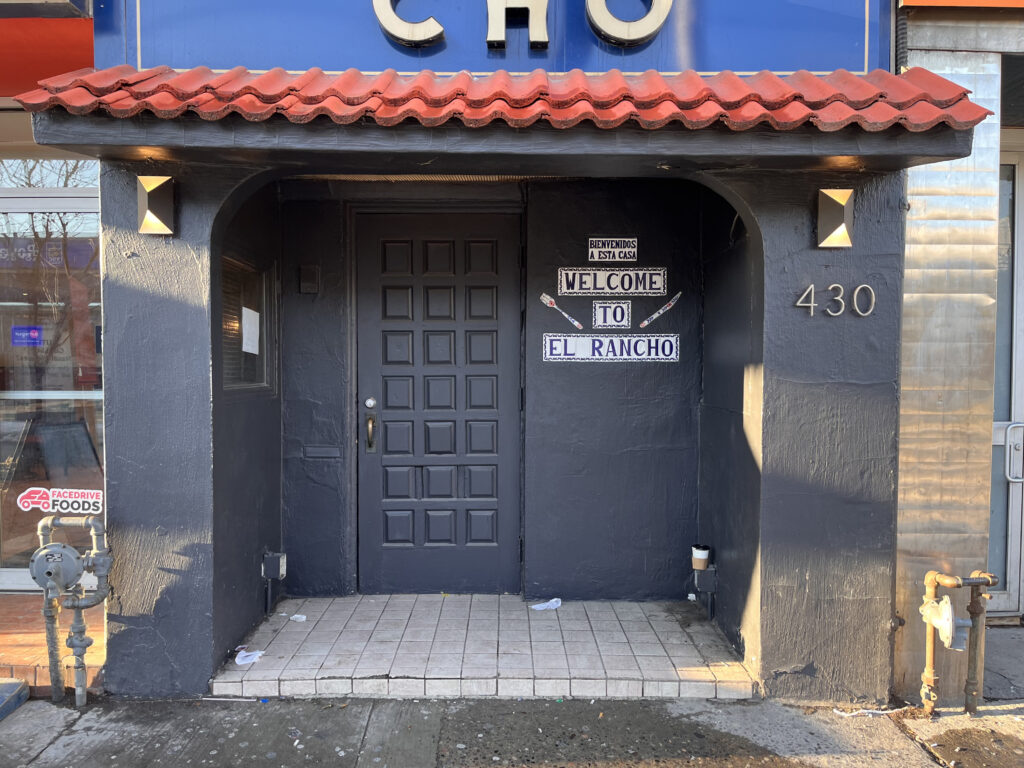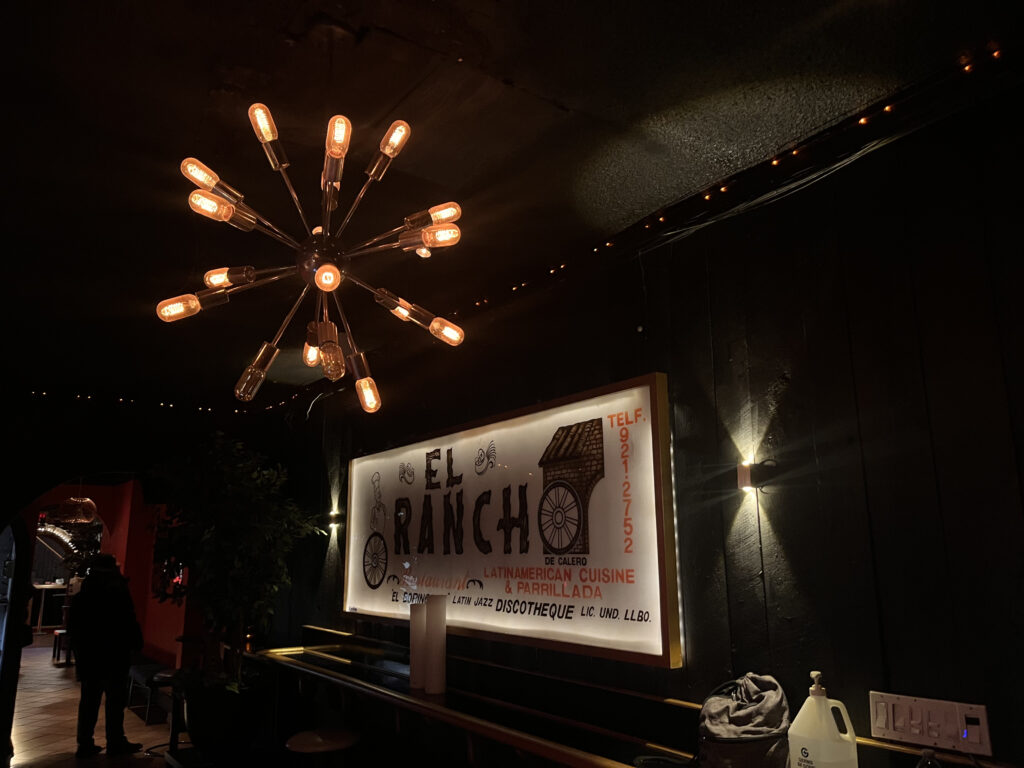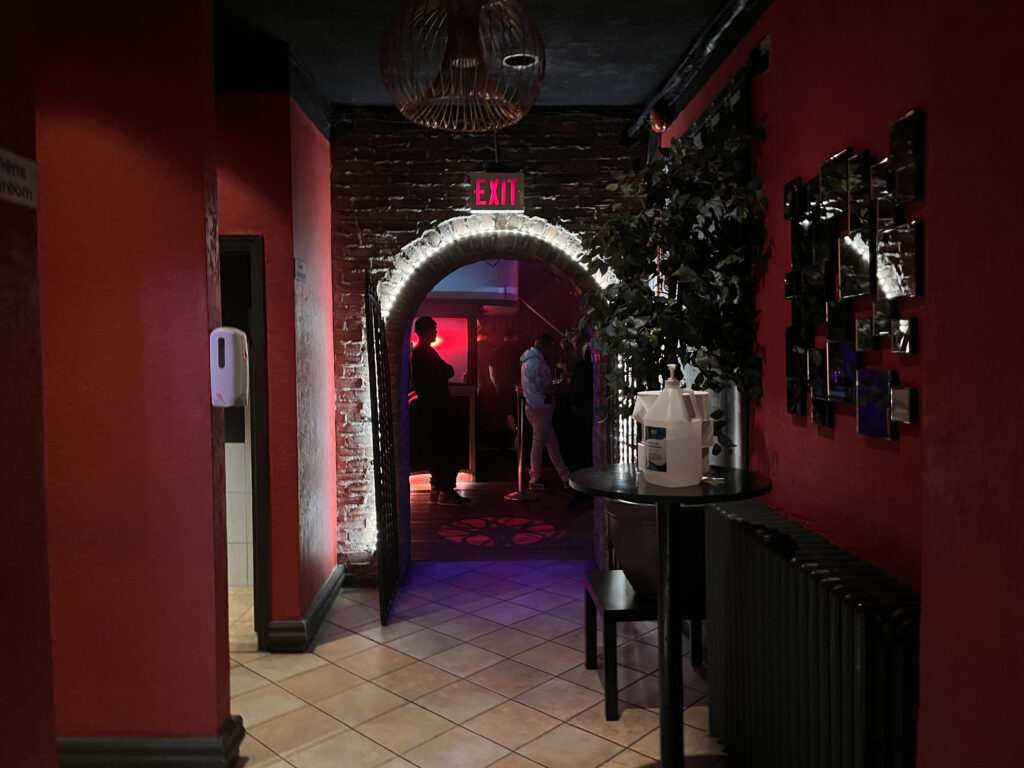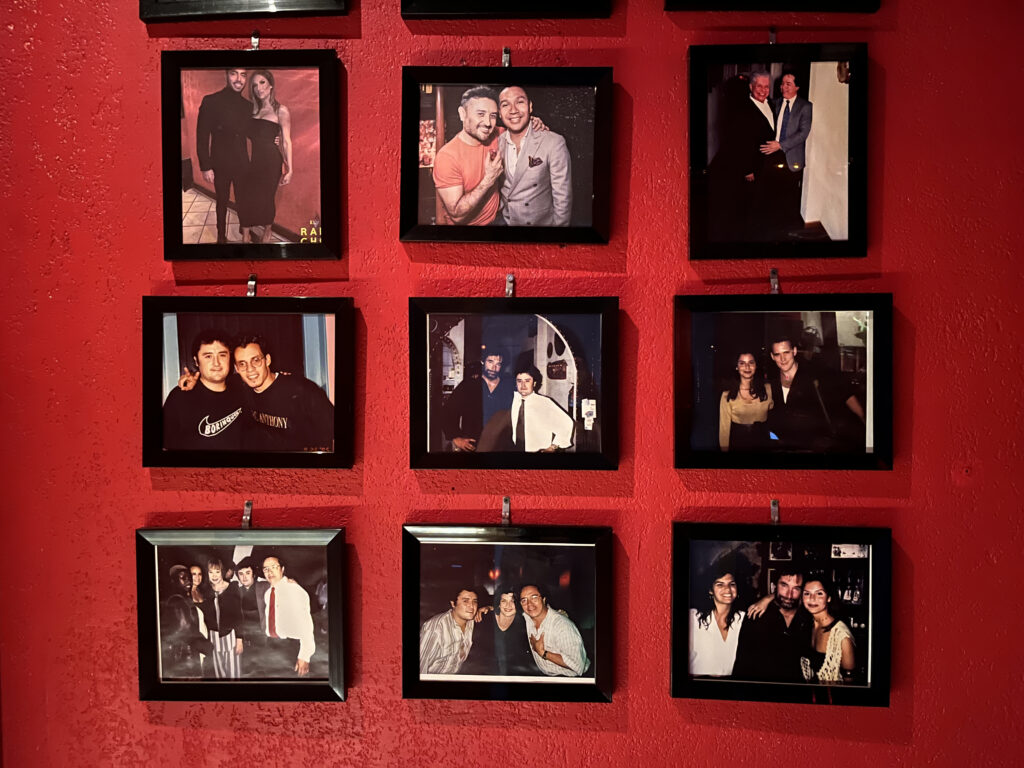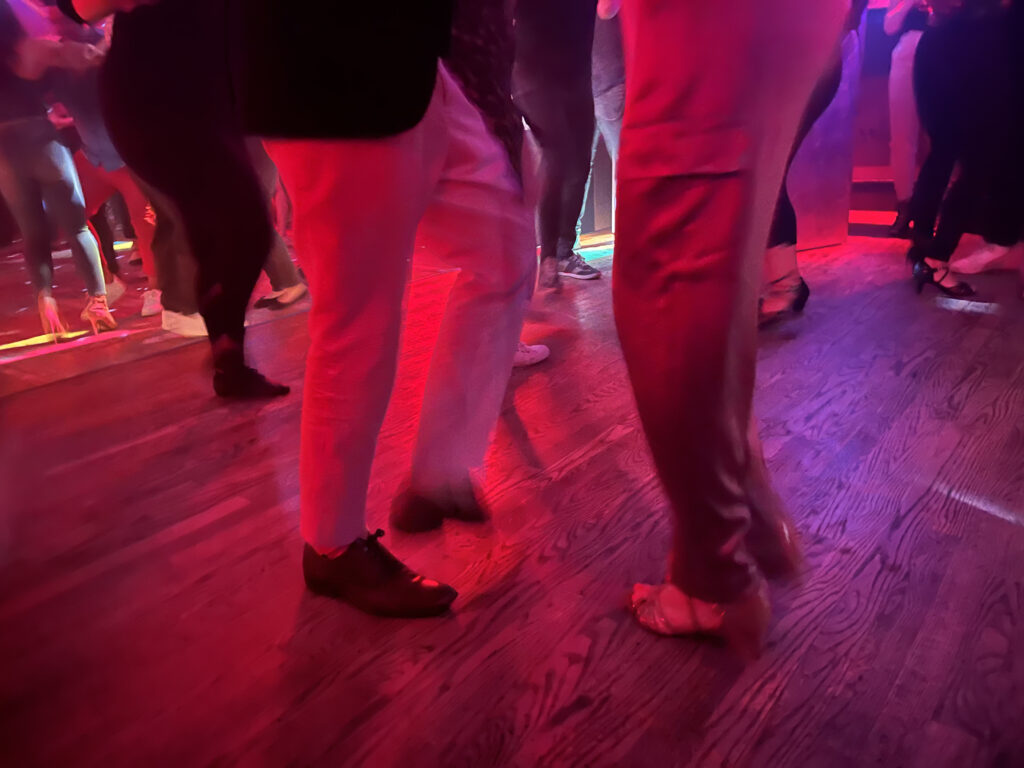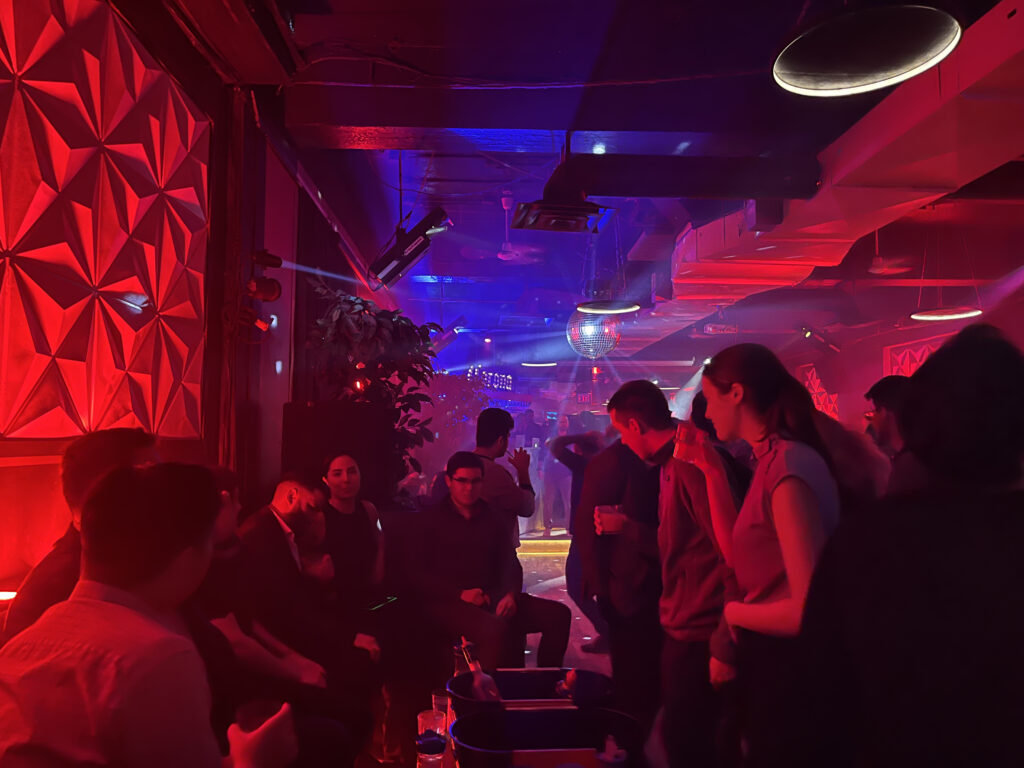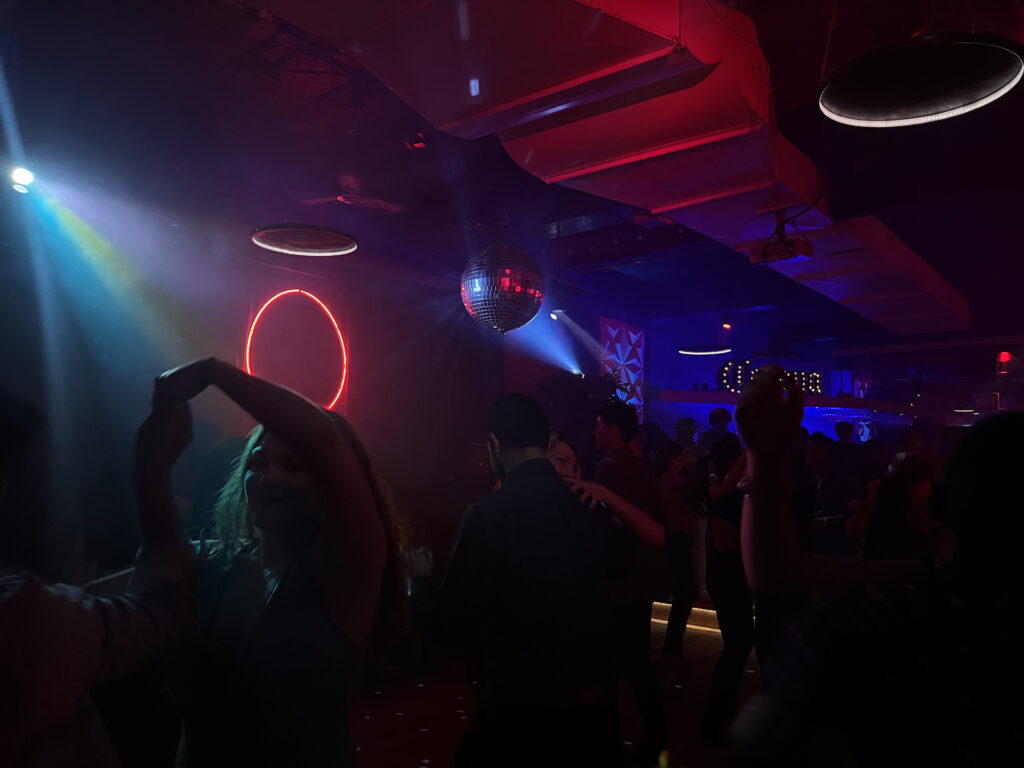By Amber Ranson
The lights are low and the rhythm is pounding through the air. Dancers are passionately twirling and intertwining with their partners. Their precision is awe-inspiring, as if the pair had been dancing together their whole lives. But then the song changes, the partners switch, and the pattern repeats. And this doesn’t stop; not until the last second of the night, as it trails off into the early morning. This isn’t in Miami, Cali or New York City, but in Toronto, the heart of Canada’s salsa salsa music and dance scene.Sean Bellaviti is an author, musician, and professor at Toronto Metropolitan University. His field of study includes Latin American and Caribbean popular music and dance, and suggests that many people don’t think of Toronto as a salsa city. “It’s a remarkably vibrant scene…but you don’t find it in every city, that’s for sure. And some people are usually surprised. Surprised to find it in a place as far north as Toronto,” said Bellaviti.
This piece of the city’s history has been steeping for the last 40 years, only becoming stronger with time. Ranging from dedicated salsa dancers and musicians, to socialites who crave community, many different people find themselves in Toronto’s salsa scene. But, despite its rich cultural tradition, the scene remains something that many Torontonians may not even be aware of. Given this information, why is salsa not as prominent in Toronto’s culture?
Salsa is rooted in the sound of Cuban dance music and the culture of Puerto Rican New York. The “golden days” of salsa are generally referred to as the 60’s and 70’s, once salsa began to flourish in New York City. According to Bellaviti’s research, the salsa scene erupted in Toronto with the same passion as in New York but it arrived much later.
In the 70s with the mass arrival of immigrants from Ecuador and Chile, and many other Latin American countries in the decades that followed, came salsa – something that was appreciated in Canada, but Bellaviti added that at that point, did not have musicians or dancers pursuing it until this point. The new sound brought by immigrating Latin musicians was introduced to Canadian jazz musicians, resulting in a cultural fusion. Therefore, the scene always included non-Latino musicians and dancers, which illustrates a part of Toronto’s multicultural history. In response to its growth, the bustling scene started to grab the attention of mainstream media. In the late 90’s, a Globe and Mail article diagnosed the city with salsa fever, claiming that “on any given night, dance seekers have their pick of [salsa] places downtown, uptown, or in the suburbs.”
Sitting near the corner of Bathurst and College is a product of this history: El Rancho, the city’s oldest standing salsa club. Nestled in a historically Latin area, El Rancho officially opened up as Discoteca Paraque in 1979 on top of Sneaky Dee’s, another legendary music venue known for underground music. It served as a hub for Latin dancing and continues to this day, operating as a family business by the son of the owner, Ramon Calero. El Rancho doesn’t revolve around solely salsa anymore, but has added other Latin music into their mix to keep up with the clientele. According to music journalist and author Michael Barclay, explained the importance of scenes within communities.
“We as human beings benefit so much from experiencing art together and dancing together. Broadening everyone’s minds is the real objective,” said Barclay.
Upon entering El Rancho, this is immediately evident. Patrons are smiling, and laughing – enjoying their time dancing or socializing with other club-goers. The lobby and restaurant attached to the club have a rustic feel, completing the “rancho” (ranch, in English) aesthetic, with walls painted in rich shades of red and black, accented with golden fixtures. Further into the club, the main dancefloor is a juxtaposition of old and new; neon lights and a disco ball hanging above the dancefloor, while the walls had modern geometric panels and an exposed industrial ceiling.
Yet for a “golden age” that ended nearly 60 years ago, El Rancho continues to be bustling with patrons eager to dance. The demographic inside the club is varied with patrons of young and old, as well as of many different backgrounds. This passion for salsa that exists in the city has survived the test of time, and has been passed down. It doesn’t consist solely of those who experienced the scene in its prime, but also those of much younger generations who want to learn. This suggests a bright future for salsa’s survival. In addition to a new generation of salsa dancers, those who experienced the scene in its prime are still active in the scene, and continue to dance to this day. After dancing at El Rancho for the last 33 years, long-time patron, 76-year-old Lorraine Barron, insists that the current scene is the best.
“There are many, many more clubs now than there were years ago…every night of the week there is something going on for Latin music,” said Barron.
Though this was a common sentiment, the salsa scene didn’t seem to be incredibly accessible to those outside the scene. Aleksander Saiyan, an instructor at Canada’s largest salsa studio, Toronto Dance Salsa, explained that Toronto has the largest salsa scene in the country. It was easy to find studios that teach the dance, but aside from that, a Google search for “salsa in Toronto,” results in listicles containing the best restaurants to find the beloved companion to the tortilla chip – with nearly no sign of this colourful scene. With this outcome, it’s easy for outsiders to quickly conclude that the scene has vanished in history, which simply isn’t true. So what makes the salsa scene in particular so hard to find?
The reality is that in the grand scheme of things, salsa is still very niche, explains Bellaviti. The closest thing to exposure this scene gets is the festivals, such as TD Salsa on St. Clair. There are several reasons that may contribute to salsa’s success, with one possibility being that salsa offers partner dancing, something that is completely different from other types of nightlife.
“I could never go back to regular music or regular dancing. Partners dancing is so amazing, and there’s so much rhythm to Latin music. [Once] it gets into your soul, that’s it. You can follow anybody, and you can do anything,” said Barron
However, it is unlikely that partner dancing is the only reason for salsa’s continued undercover success in Toronto. It’s impossible to decipher the definite reason; however, it is likely that the love of the genre and the social scene is what keeps it alive in Toronto. One thing that doesn’t change is the need for something that is social, gets people moving and creates a common interest for people. Toronto’s salsa scene encapsulates the city’s need – and love for culture. The manager of El Rancho, Gustavo Patzan, explained that the love for the genre, and its ability to adapt is what keeps salsa around.
“Change is good,” said Patzan. “If it doesn’t change then it becomes stale…[but] I don’t think people will ever stop loving salsa.”

